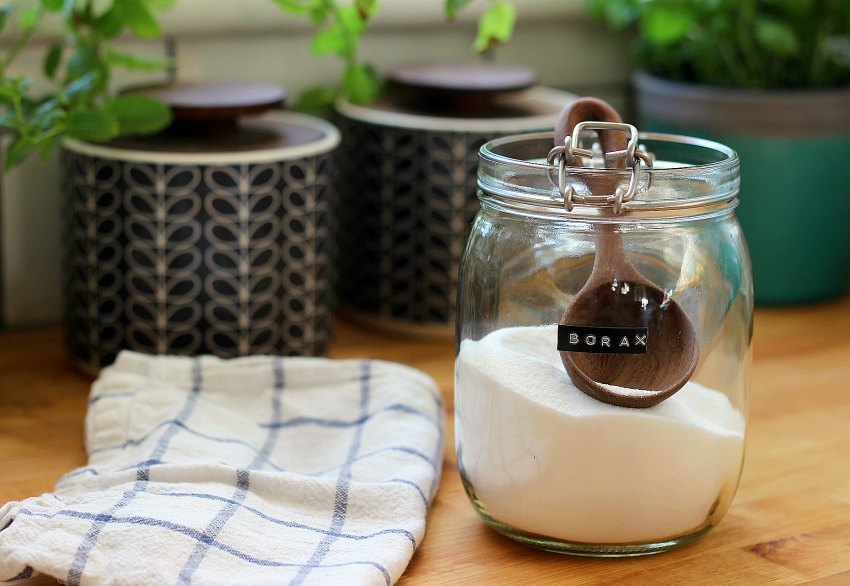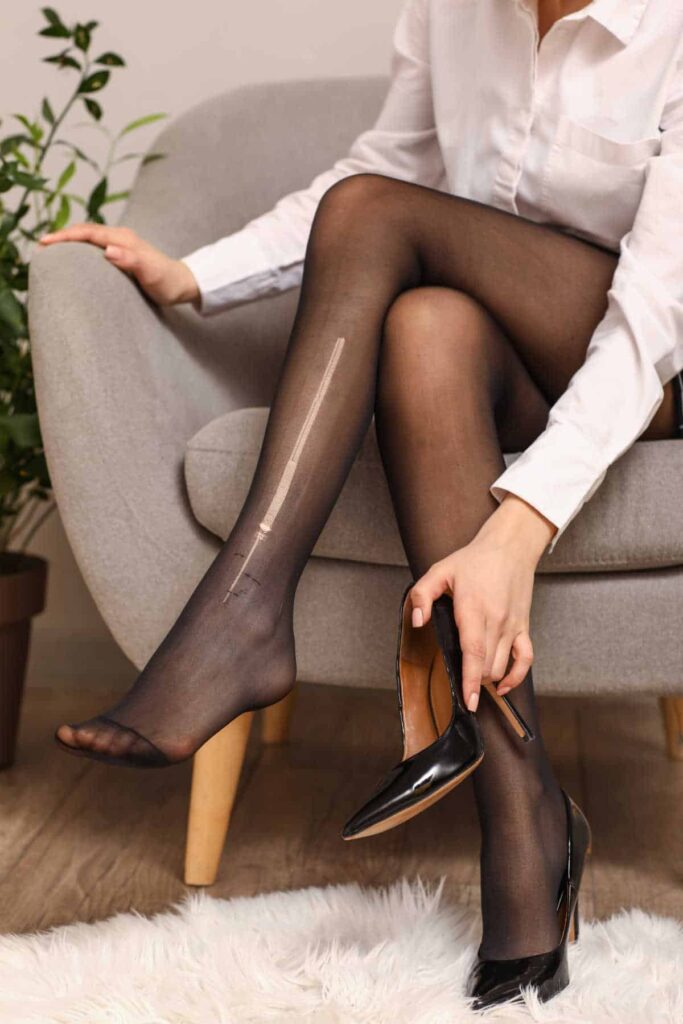Eco-Friendly Guide to Moving House: My Top Tips
To support the running costs of Moral Fibres, this post may contain affiliate links. This means Moral Fibres may earn a small commission, at no extra cost to readers, on items purchased through these links.
Moving house? Try this eco-friendly guide to moving house the sustainable way, full of tips for moving the green way.
What is the first thing that springs to mind if I were to mention moving house? If you said stress then I’d have to virtually high-five you. This is because the stress that moving house entails is normally the first thing that springs to mind when thinking about any potential house move.
In my adult life, I have personally moved house 17 times (17!) so I am well versed in house-moving stresses. Our last move was the most stressful move to date. The house we were buying remained on the market right up until the point we got the keys. What’s more, we didn’t receive the keys until 4:40 pm on moving day. We ended up moving our stuff out as the buyer of our flat moved their stuff in! Needless to say, I don’t plan on moving for quite some time!
Stress aside, is there anything else that springs to mind about moving house? Your first or second thought might not be the environmental impact of moving house. However, there are indeed a few eco-friendly factors to consider the next time you move house.
Guide to Moving House The Eco-Friendly Way

Here are a few of my tried and trusted pointers to allow you to move house sustainably. Use the quick links to skip to each section or keep scrolling for the full post:
- Declutter Before Packing
- Sustainably Sourcing Cardboard Boxes
- Other Eco-Friendly Packaging Options For Moving House
- Eco-friendly Packaging Materials
- Use Plastic-Free Packaging Tape
Declutter Before Packing
If I was to give anyone any eco-friendly moving tips or advice, it is always declutter before you even start thinking about packing your stuff up. Getting rid of stuff you don’t need means you need fewer boxes and fewer packaging materials. It may also mean you need a smaller removal van, saving a whole lot of money and carbon emissions.
Separating the wheat from the chaff also makes packing and unpacking so much easier. I’ve found when I take this approach that I rarely have that rogue unopened box of junk leftover that takes, ahem, a year or more to get around to opening and dealing with.
Decluttering expert Marie Kondo measures decluttering success by how many bin bags are filled and thrown out. I take a different approach. I have many gripes with Marie Kondo, which I could discuss at length. However, in the interests of brevity and sticking to the point all I will say is that there’s so much wastefulness inherent in this type of approach.
Decluttering is not a case of throwing everything in the bin that you no longer need. I’ve written at length about how to declutter sustainably. Before you reach for a bin bag I’d recommend giving it a read. I offer advice on what you can do with your unwanted goods to help keep them out of landfill and in active use for longer. If you have worn out or broken items I also offer advice on where you can responsibly dispose of items at the end of their lifespan.
Sustainably Sourcing Cardboard Boxes
Once you’ve decluttered, you can move on to the packing stage. Cardboard boxes are one environmental factor to consider when it comes to moving house in an eco-friendly way.
Many removal companies supply their own brand-new boxes and packaging materials at an additional cost to you. You can also buy boxes and packaging online. Whilst you can easily recycle cardboard boxes after your move, I’ve always felt that it’s a bit of a waste of materials and resources to buy new cardboard just for the sake of moving stuff from one house to another.
To save resources (and a bit of cash) in the past I have always fostered a good relationship with my local shops. Most shops won’t store cardboard boxes due to it being a fire risk. However, what you can do is ask the staff when the delivery day is. You can then pop in that day to collect some cardboard boxes before they are sent to recycling.
After speaking to the manager of our local shop, I found out their delivery day was a Wednesday afternoon. This meant every Wednesday evening for a few weeks I went along and collected as many boxes as I could carry. This saved us from buying a ton of new cardboard and gave cardboard that was due for recycling a second life before being recycled. Win-win!
Other Eco-Friendly Packaging Options For Moving House
Alternatively, you can get crafty with the items you have around you – using suitcases instead of boxes. Ask your friends and family if you can borrow some of their suitcases for your house move.
Laundry bags are also an excellent alternative to boxes. You can generally fit a lot in them and they are much easier to carry than boxes.
Eco-Friendly Packaging Materials

Of course, you can’t move your goods with cardboard boxes alone. Fragile items need some form of protection from knocks and bumps during the moving process. Whilst most packaging materials are plastic, there are eco-friendly options when it comes to moving house.
Whenever I have an upcoming move I ask as many friends as possible to keep their old newspapers for us. This saves us from buying packaging paper. I also make a point of saving any packaging paper or bubble wrap that comes into our house prior to the big move. Plus I also ask my work to save any bubble wrap that comes in on deliveries, so that it can at least be recycled.
If your work doesn’t get many deliveries, or if you don’t work, then another option to check out is Freecycle. From what I’ve seen over my years of using Freecycle is that if an item is no longer needed but can be of use to someone then a Freecycler will list it on Freecycle.
I have seen some strange things pop up on Freecycle in my time. Therefore, I can assure you that invariably someone will offer a load of bubble wrap or a big bundle of newspaper or packaging paper that they have amassed and need rid of.
If Freecycle doesn’t offer the goods, then other places to try include Gumtree and Facebook marketplace.
If you would rather avoid plastic bubble wrap for moving house, then there are eco-friendly alternatives to bubble wrap abound. From corrugated cardboard “bubble” wrap to packing peanuts made of corn starch that can be dissolved in water or placed in your composter. There are lots of clever options online if you are prepared to pay for them.
And of course, the other eco-friendly alternative is to use clean towels, clothes and linens to wrap breakables in. It’s a great space-saving technique too!
Use Plastic-Free Packaging Tape
In terms of tape to seal your boxes, something to try instead of conventional plastic packaging tape is eco paper packaging tape – like this one from the online eco shop &Keep This tape is made from 100% recycled paper, with a latex-based adhesive that is completely biodegradable.
The Bottom Line
Moving house may be stressful, but there are heaps of ways you can lessen your impact on the environment. From sourcing recycled cardboard boxes, and using recycled packaging materials and plastic-free packaging tape, to decluttering stuff you no longer need to help reduce trips in the removal van, there are lots of easy ways to make your house move a green one. Now, good luck with that move!
Do you have any other eco-friendly moving tips? Do let me know in the comments below!
Found this post useful? Please consider buying me a virtual coffee to help support the site’s running costs.




